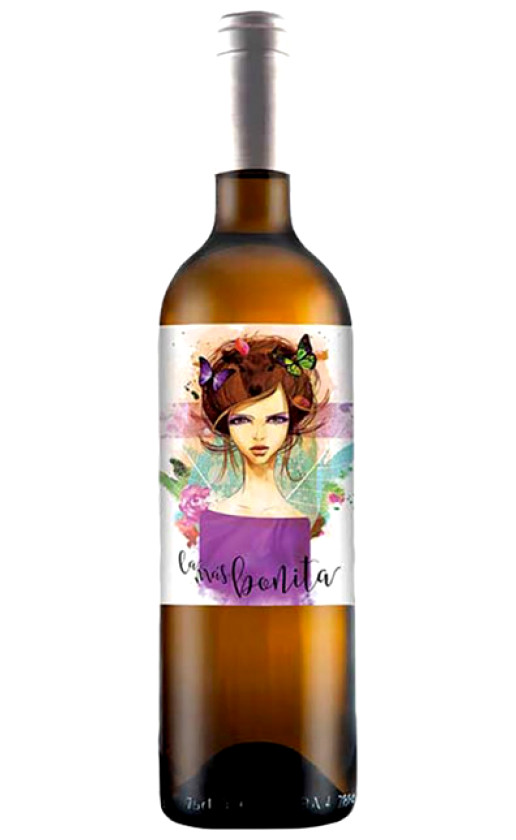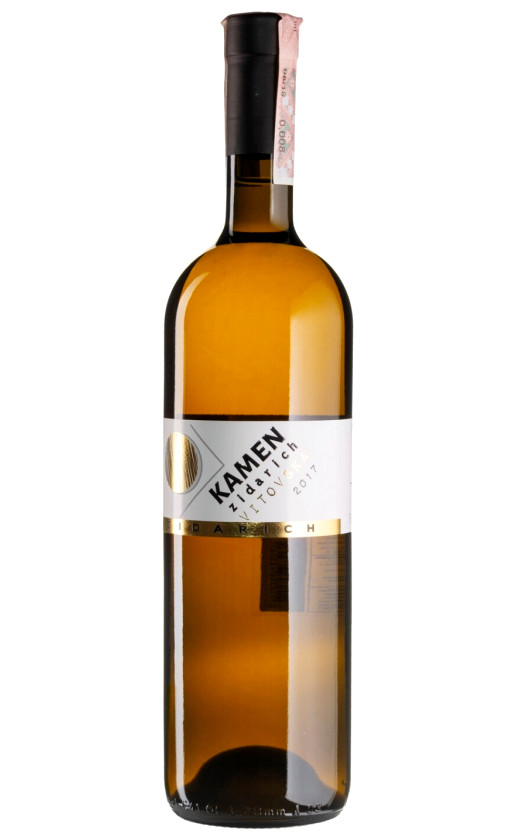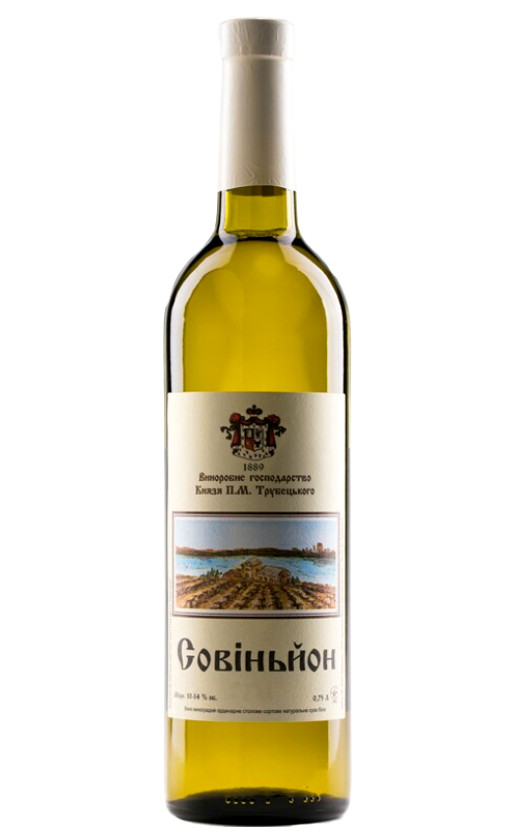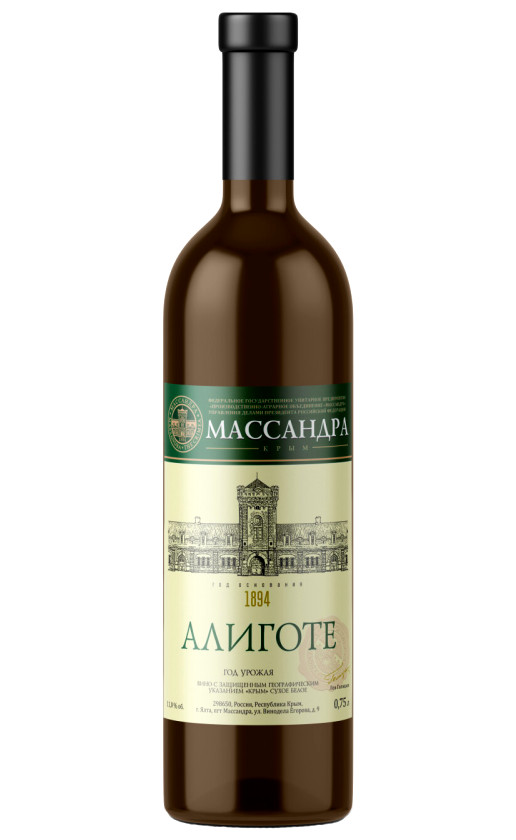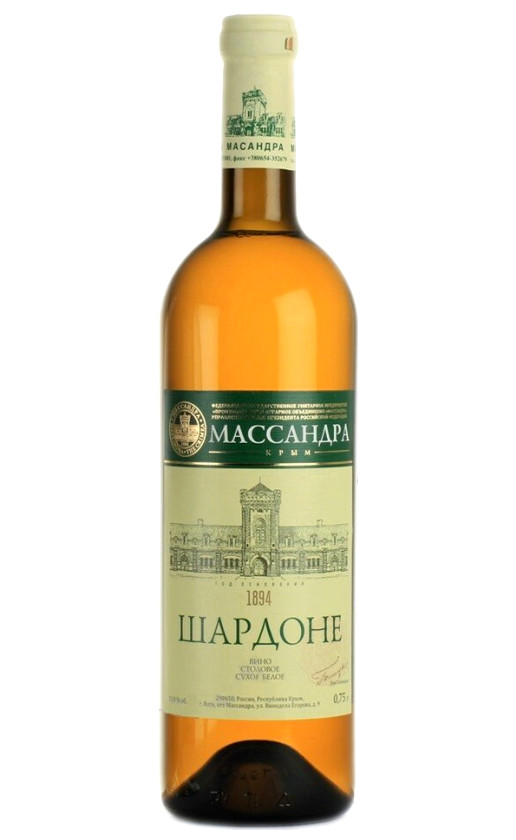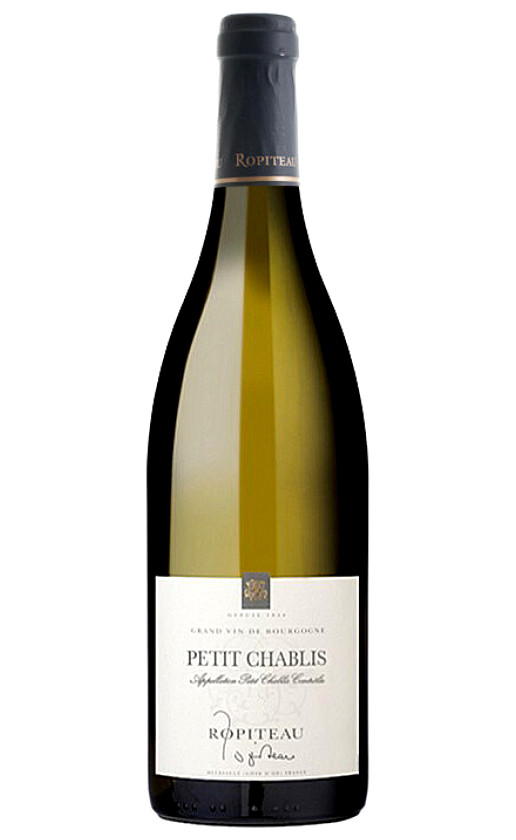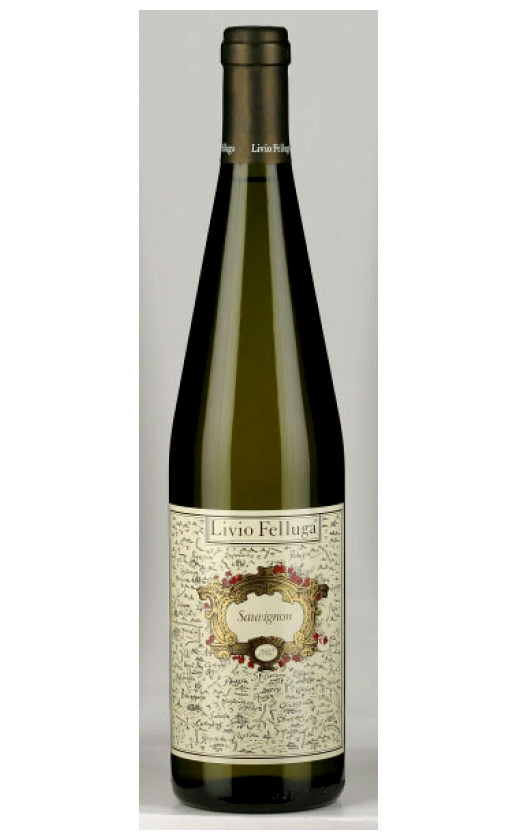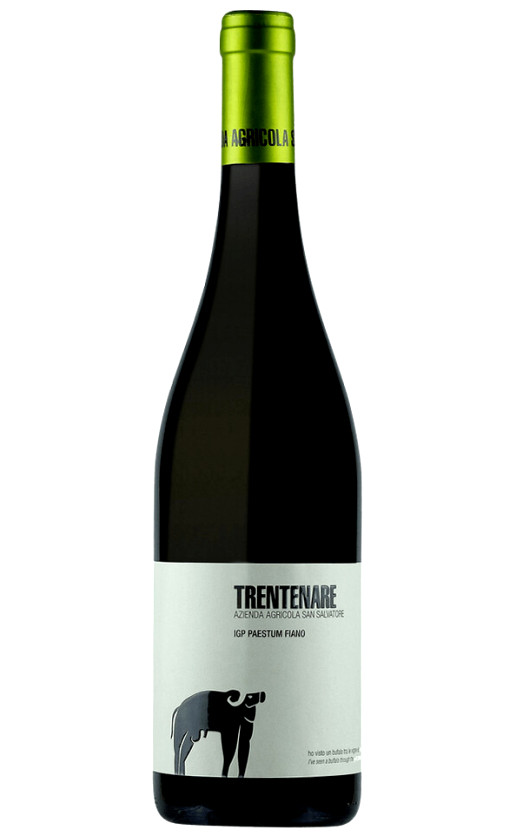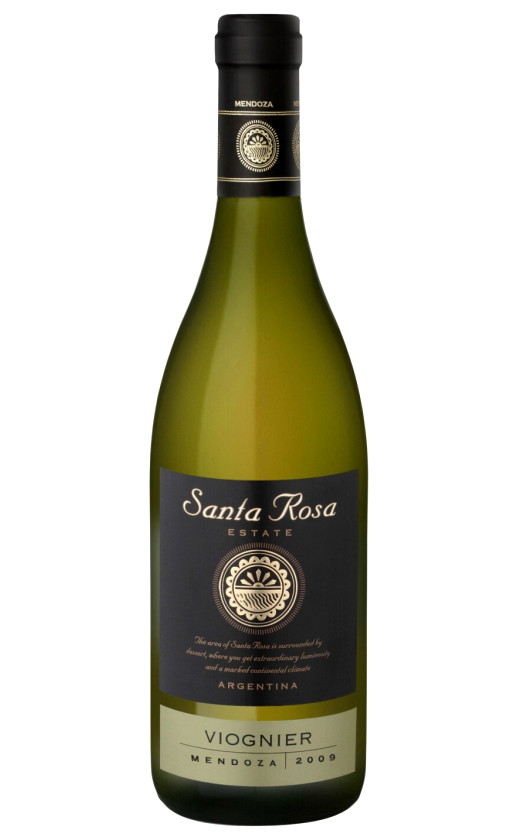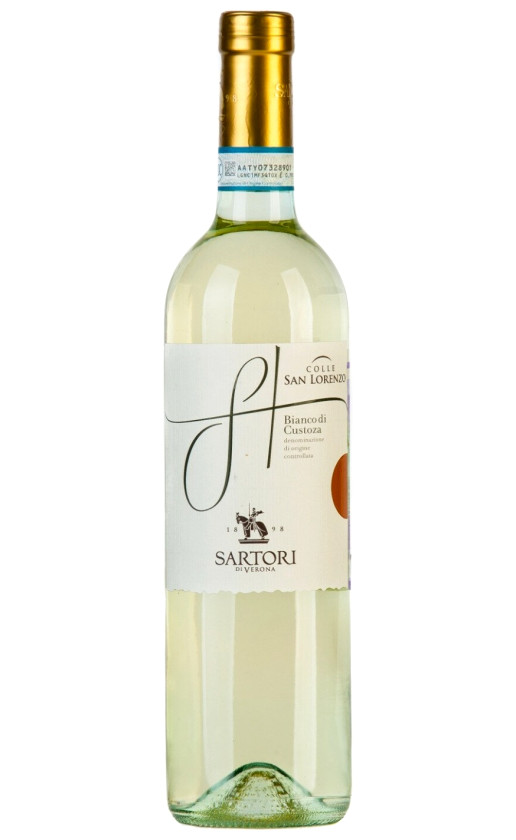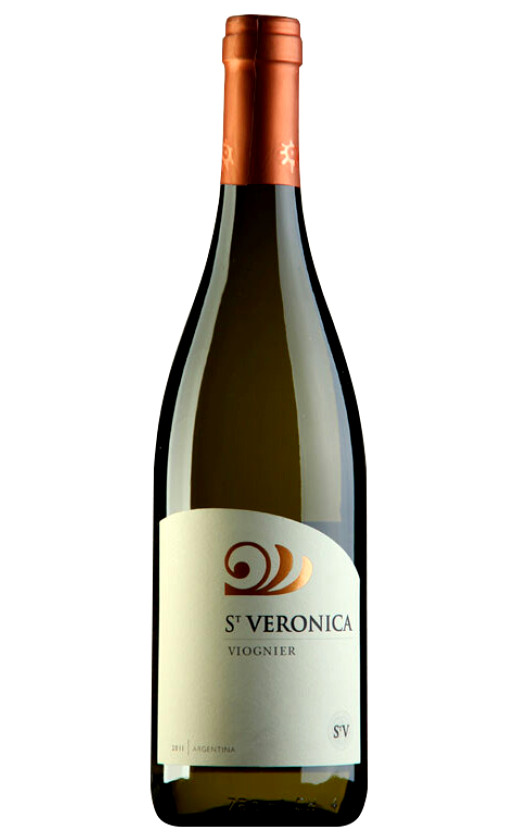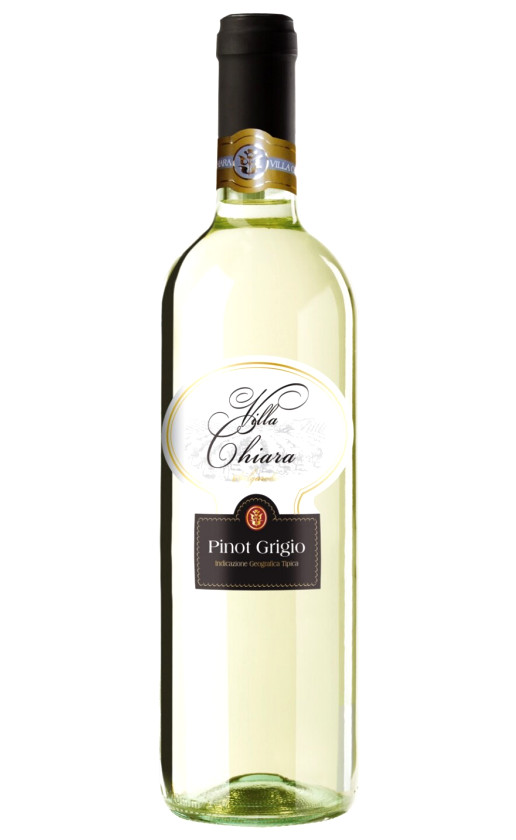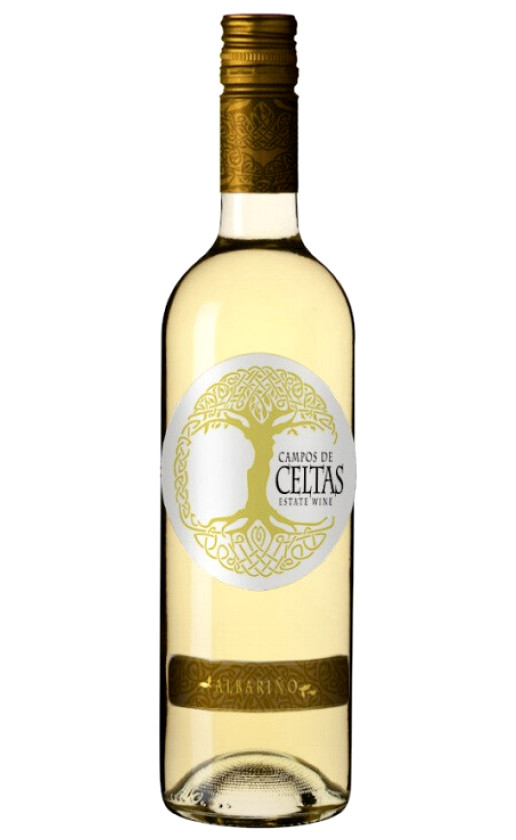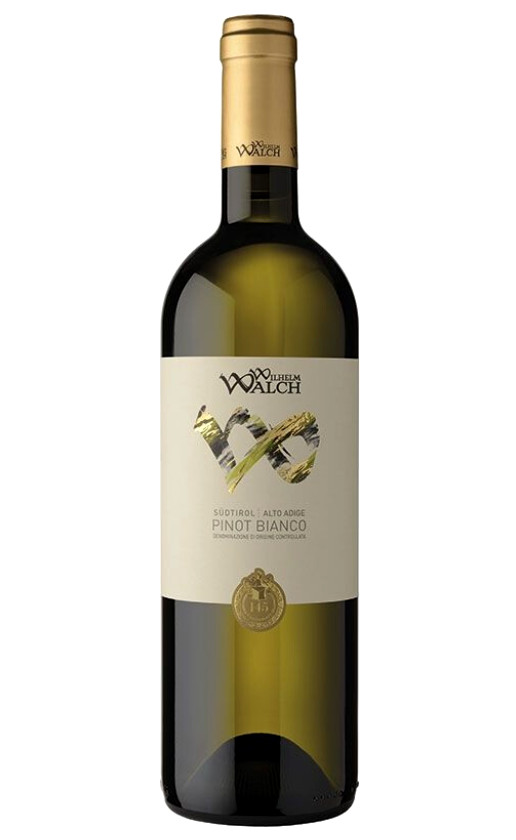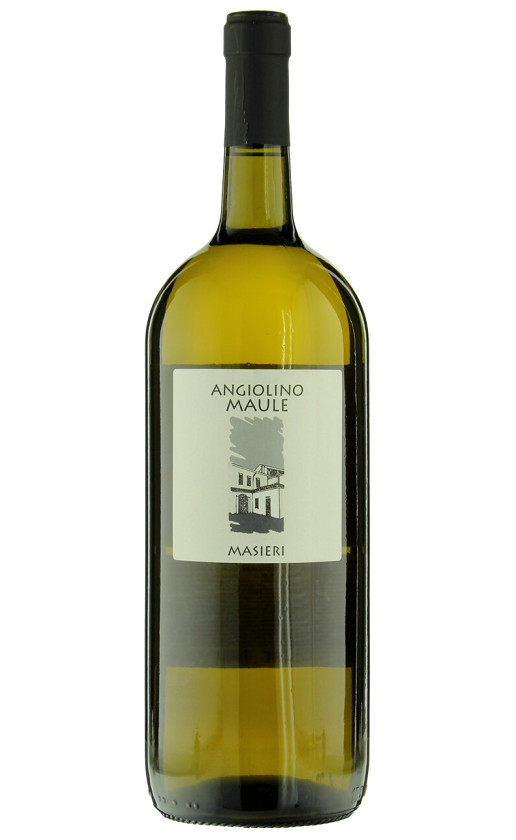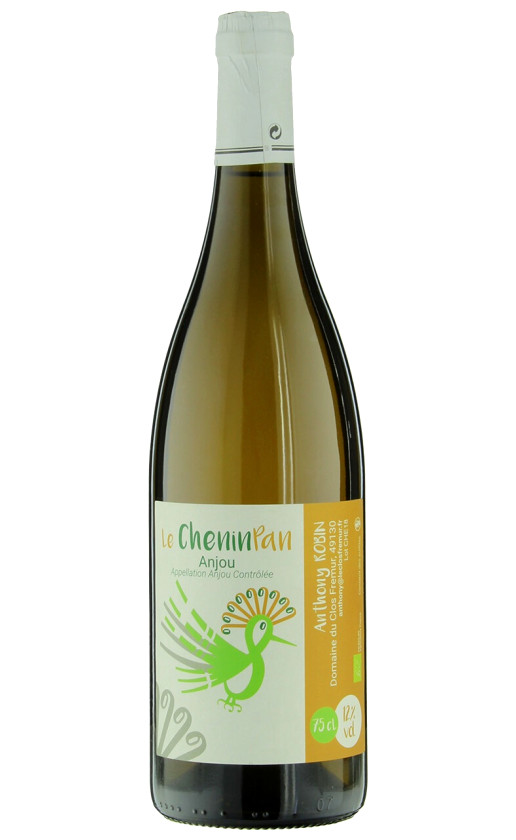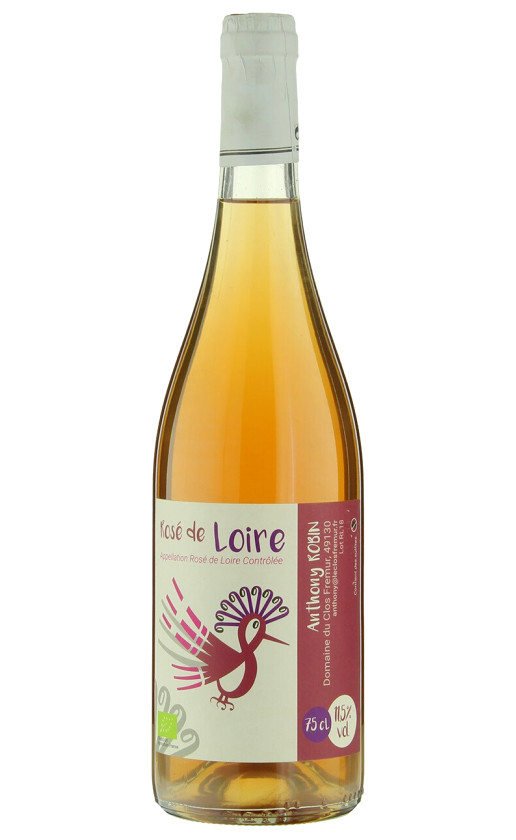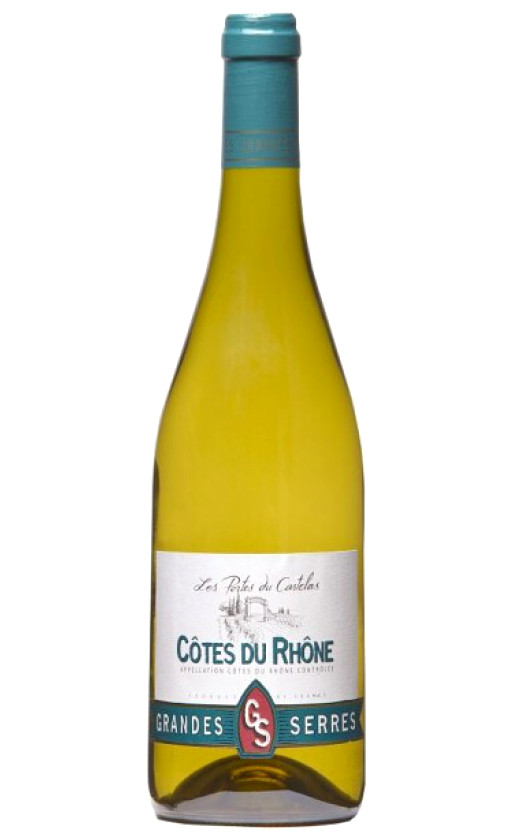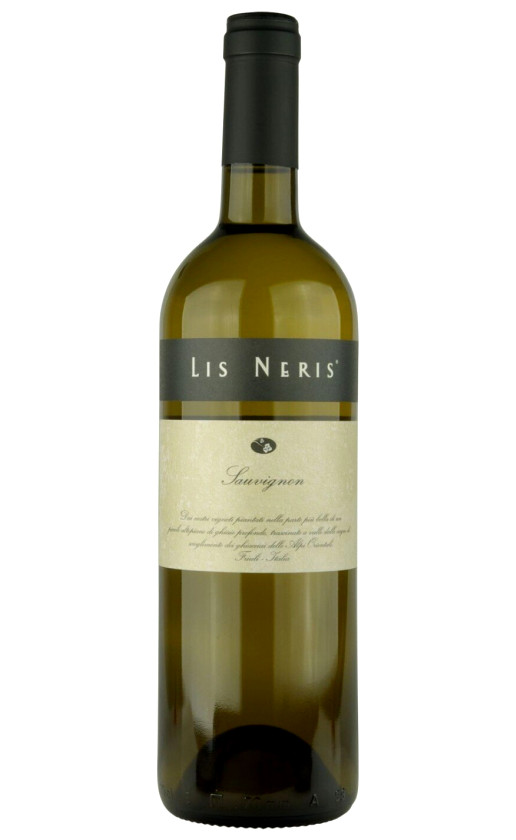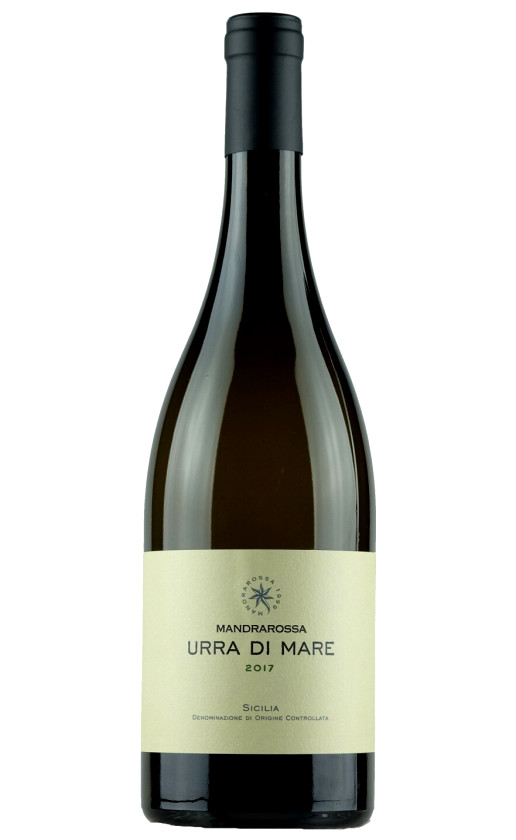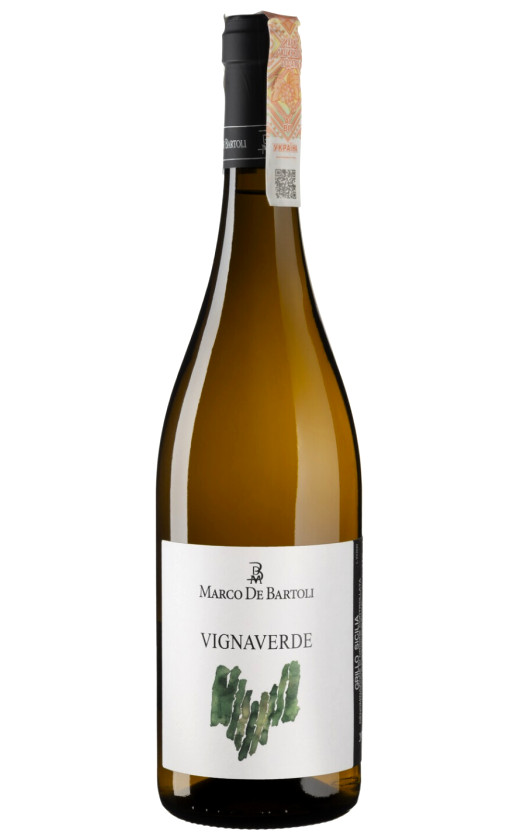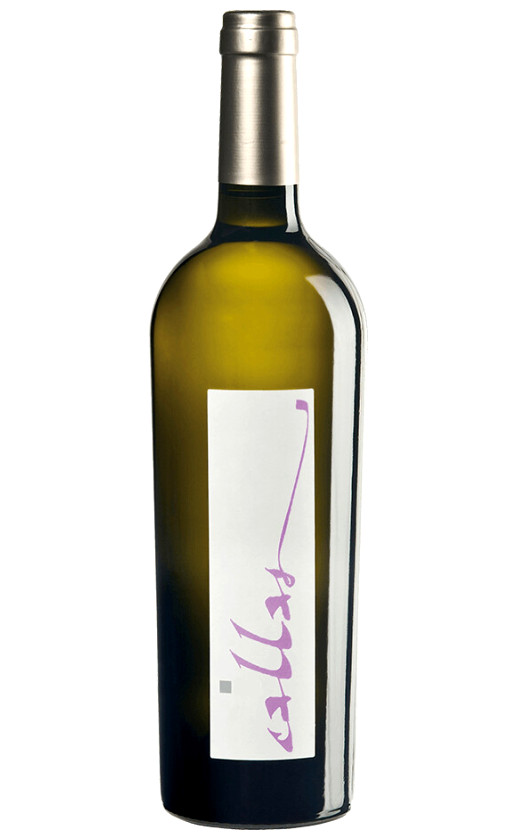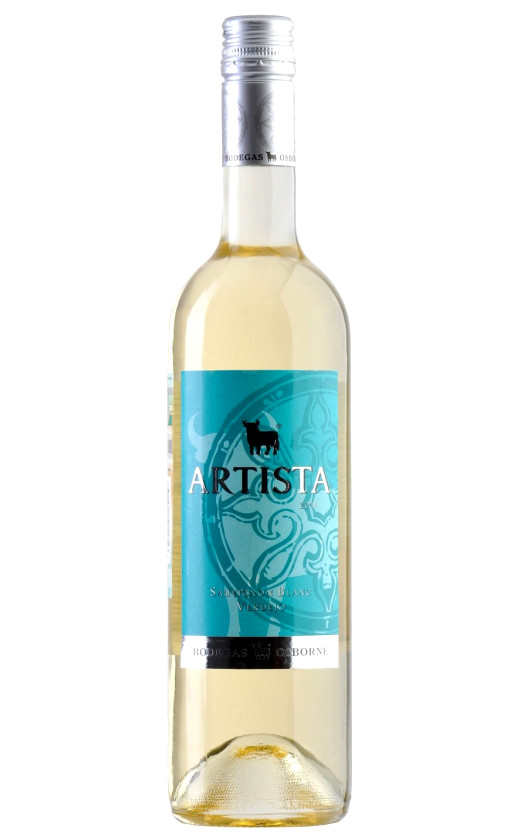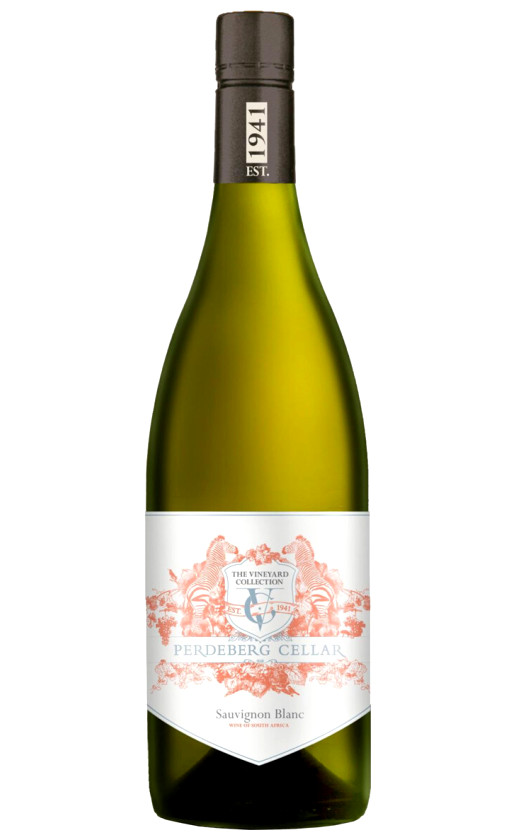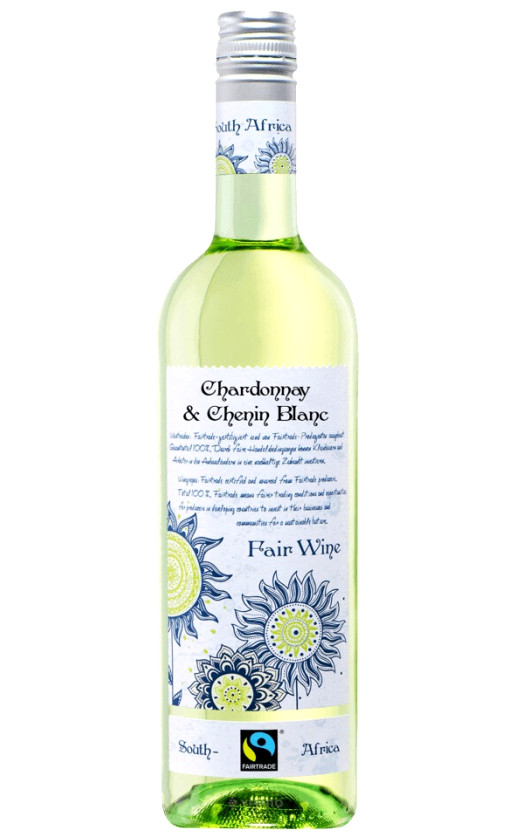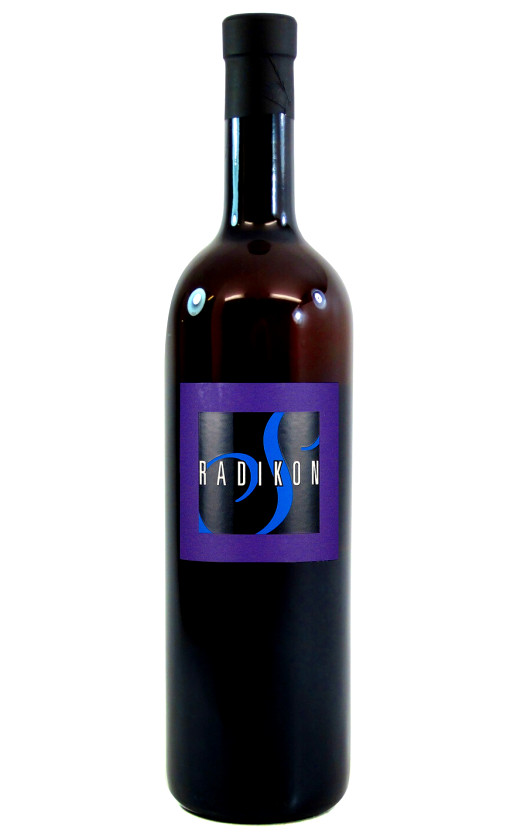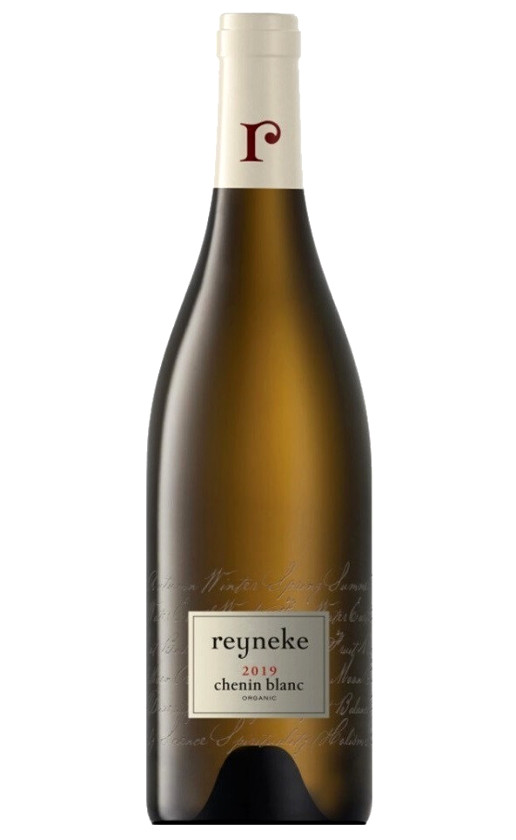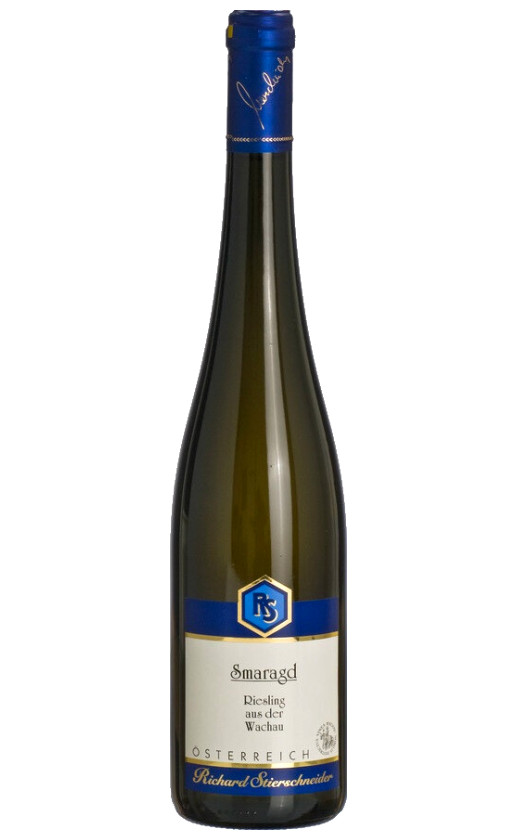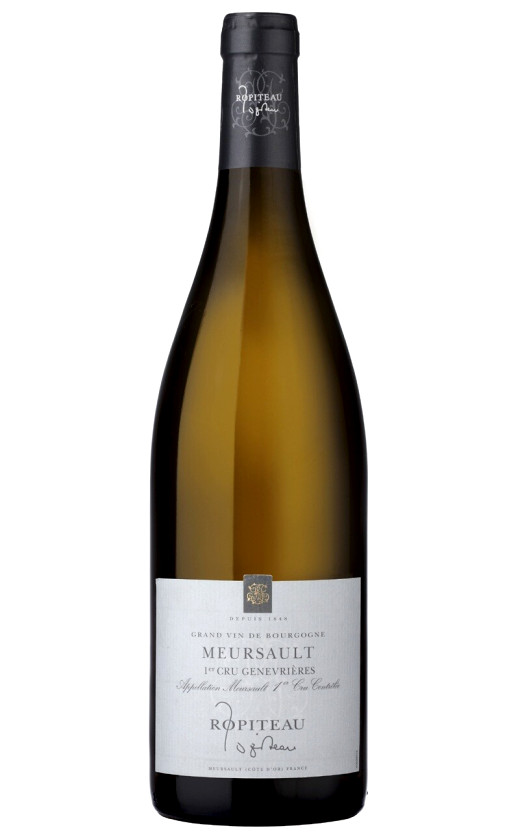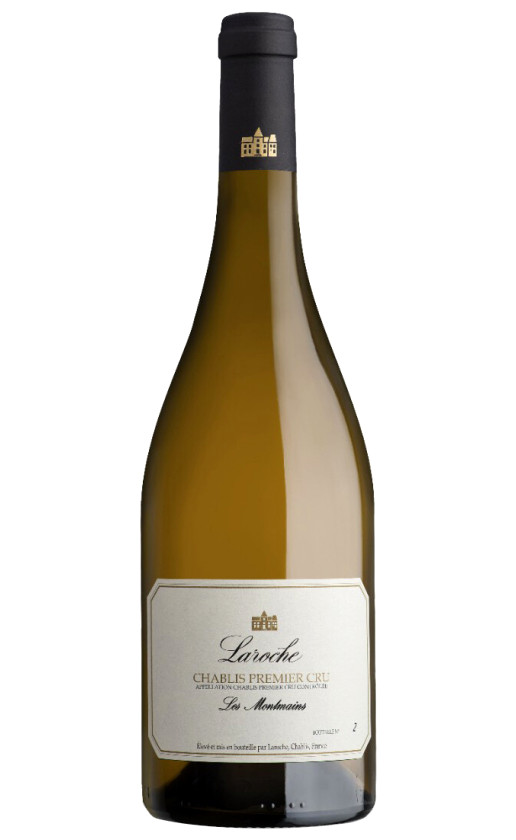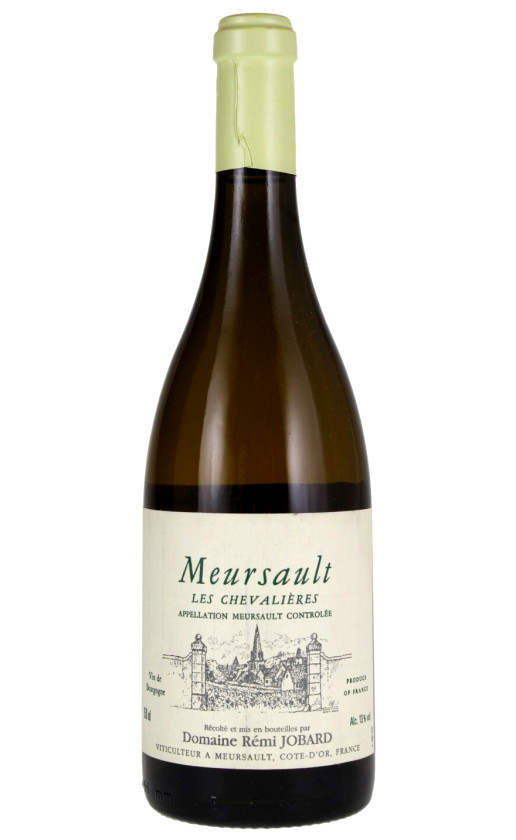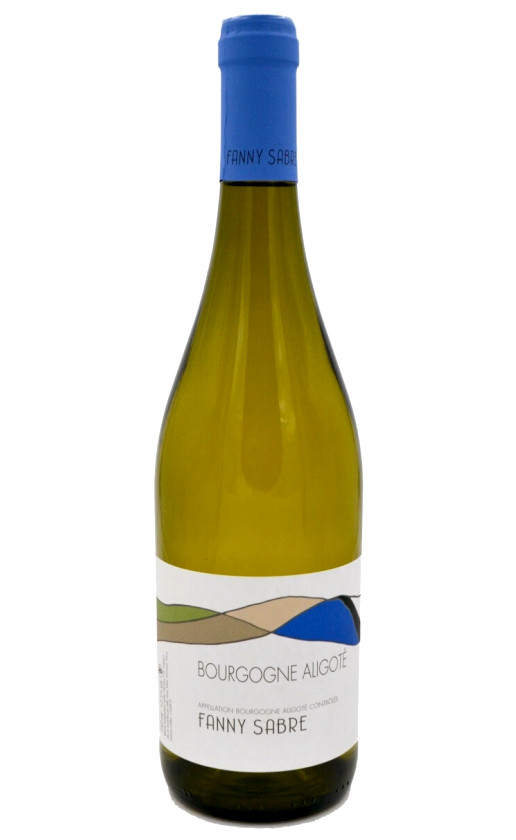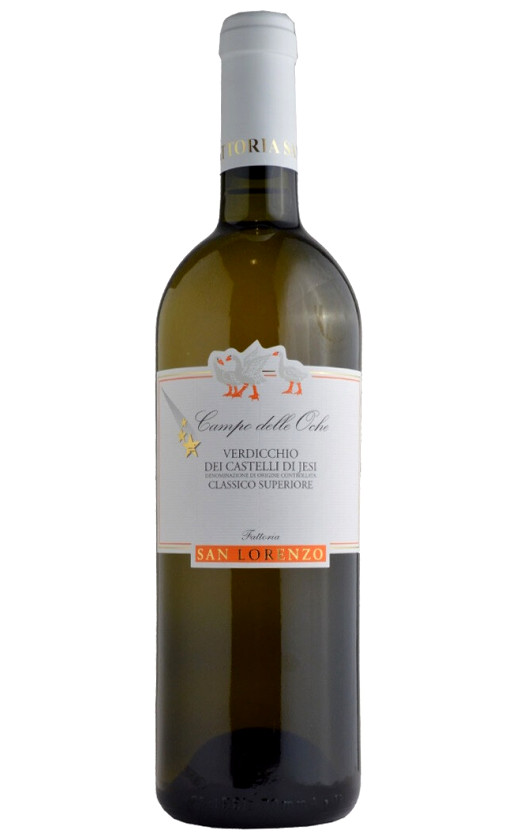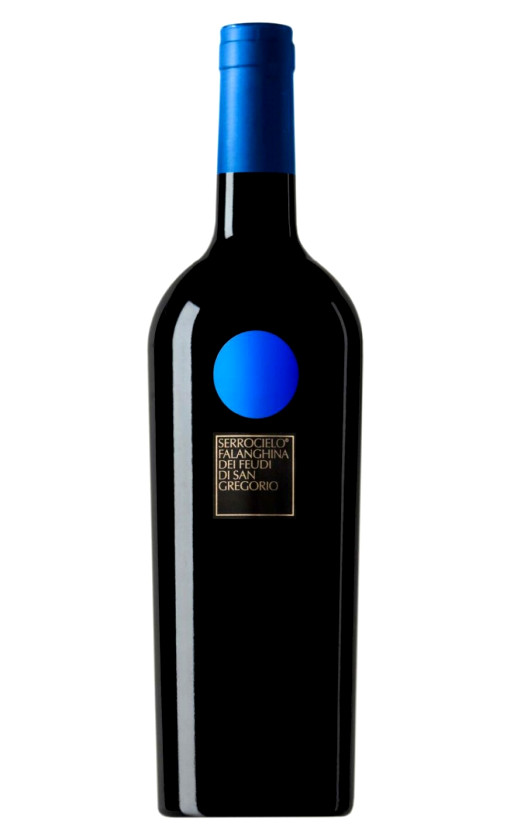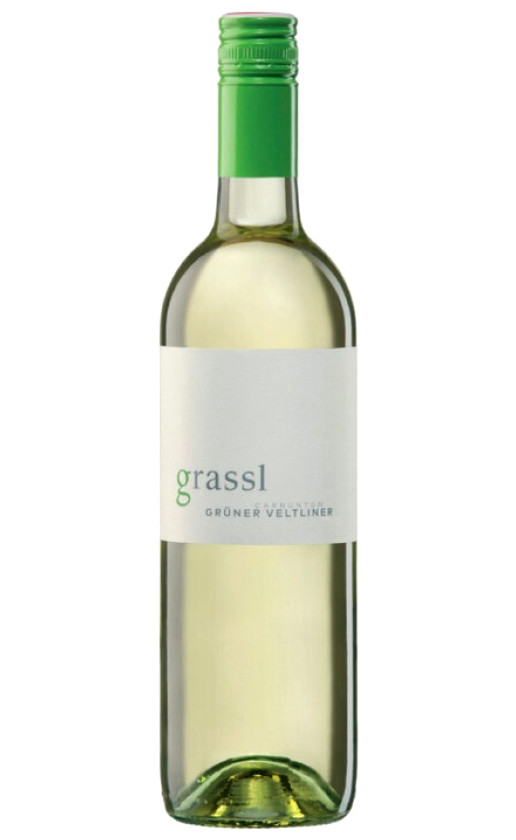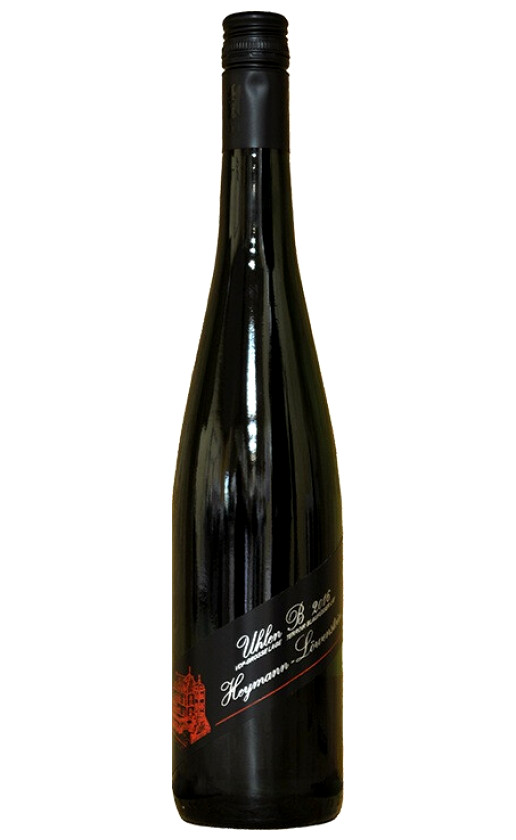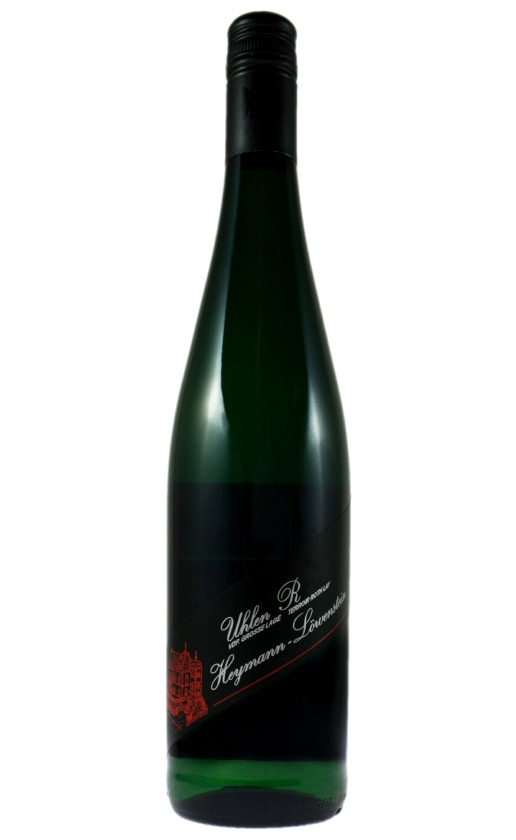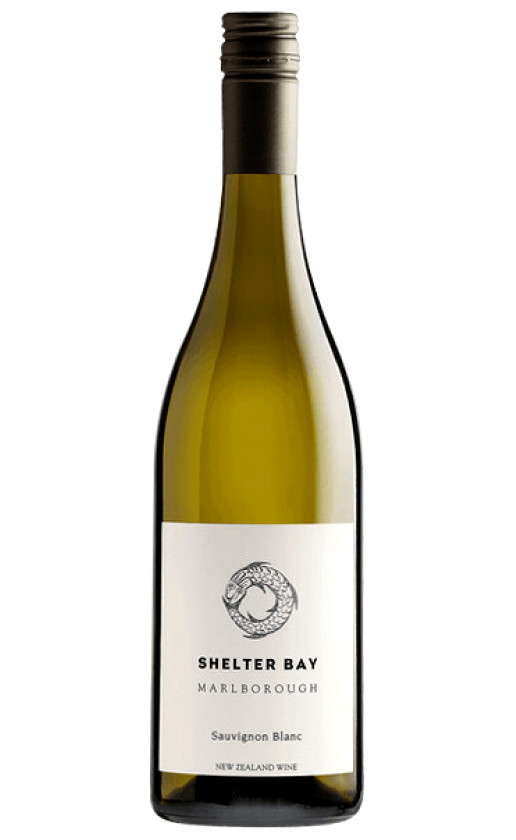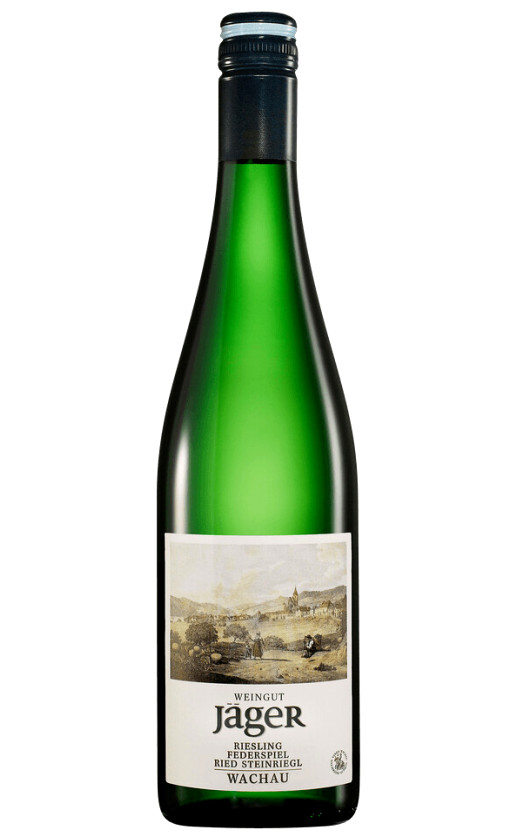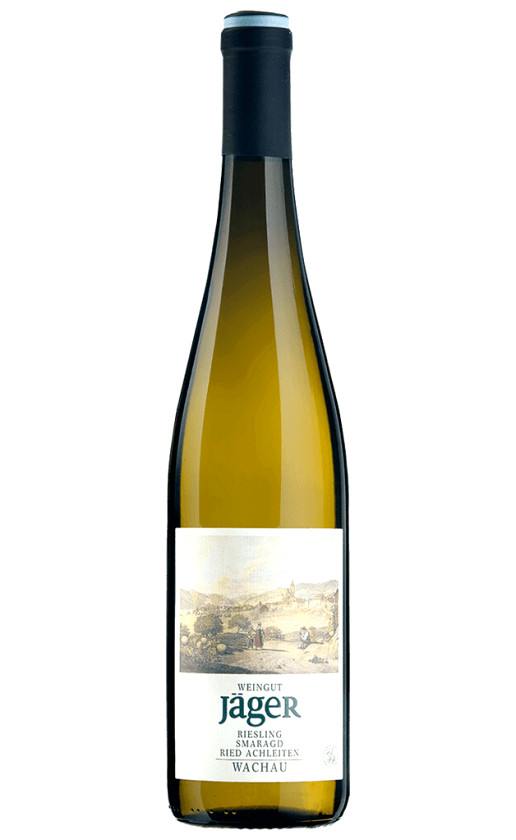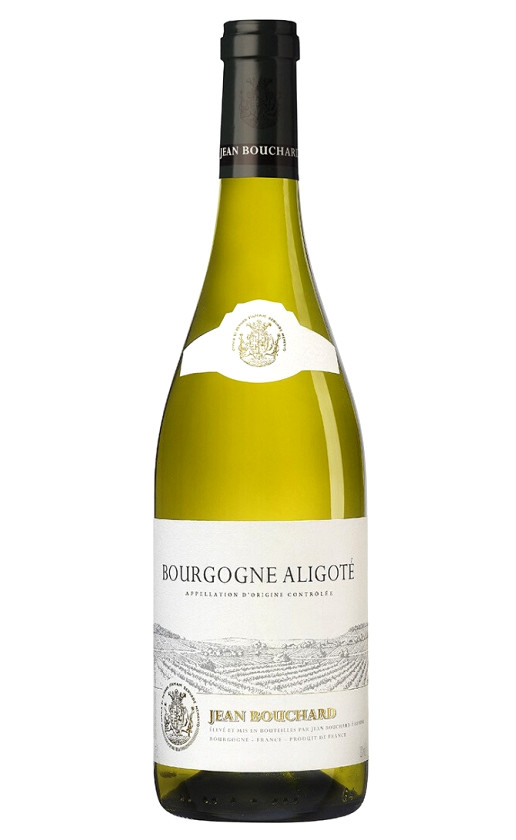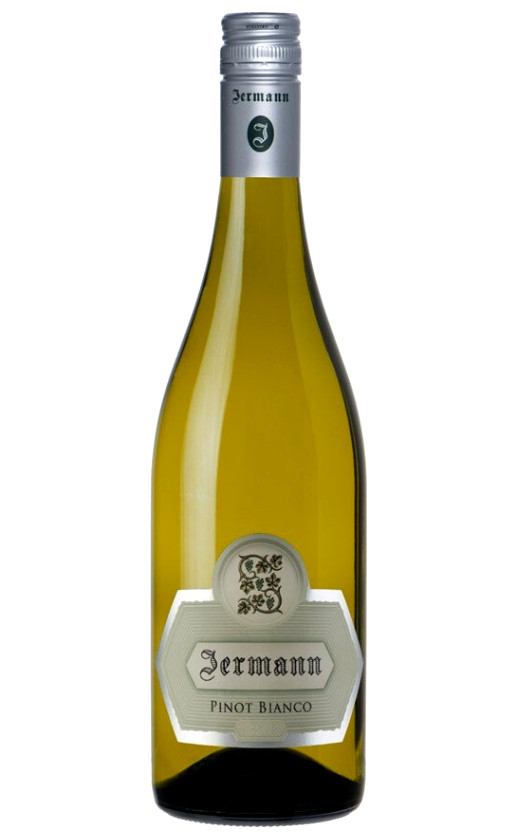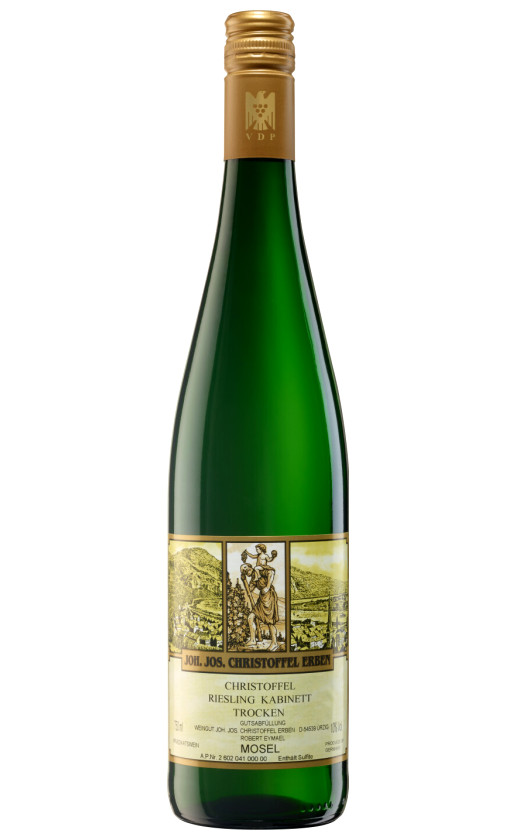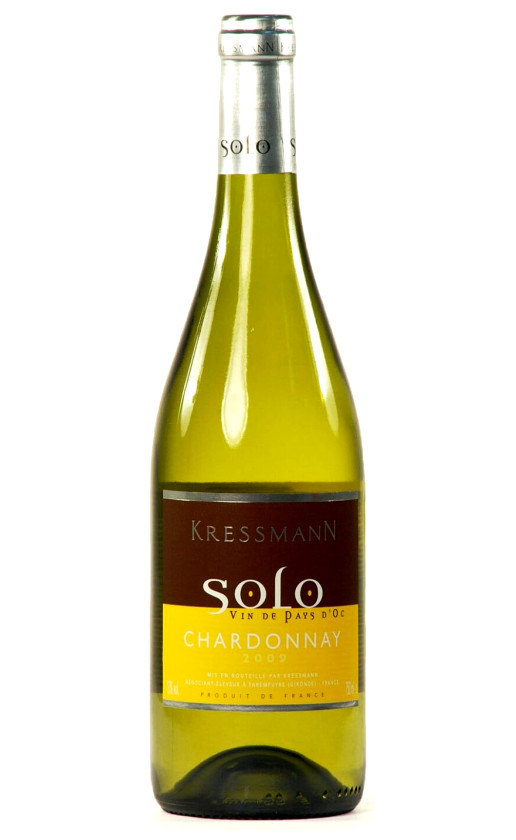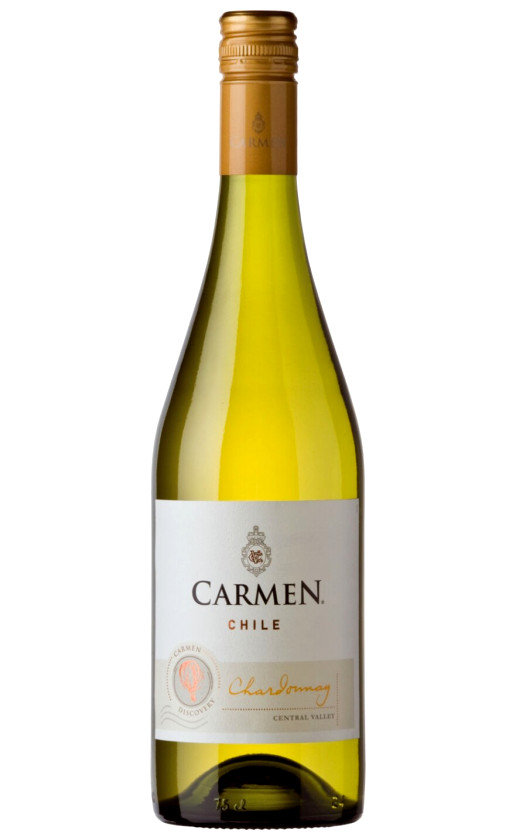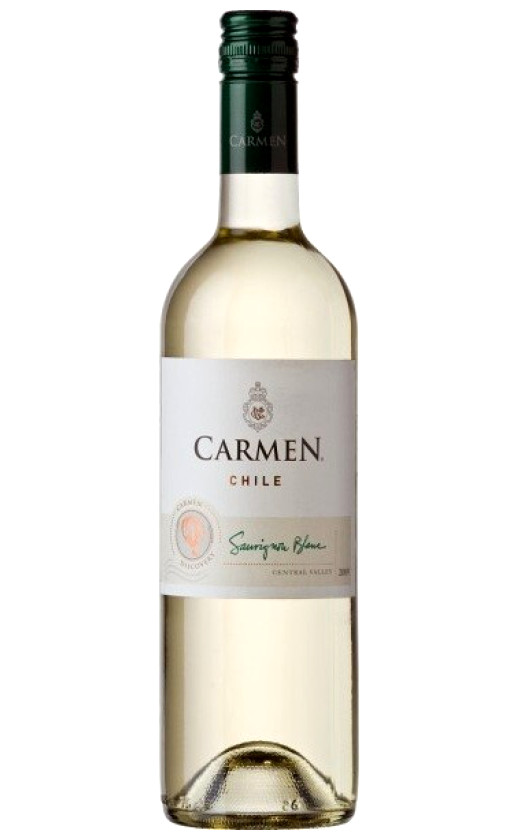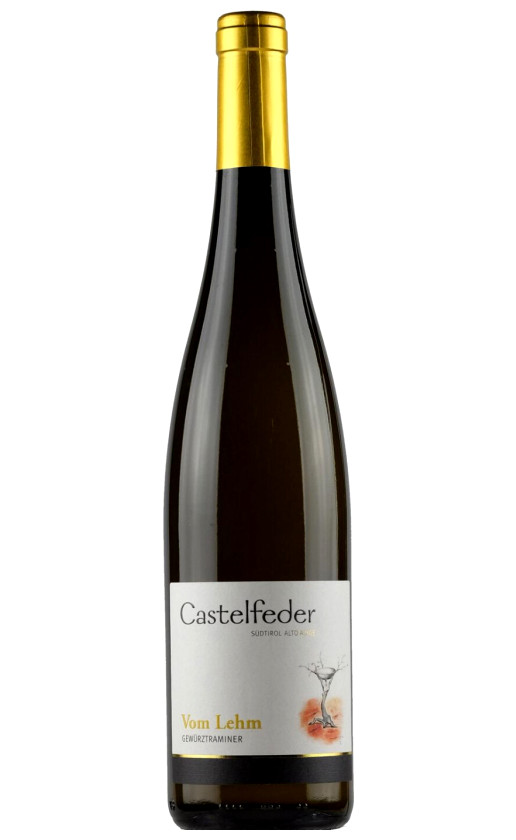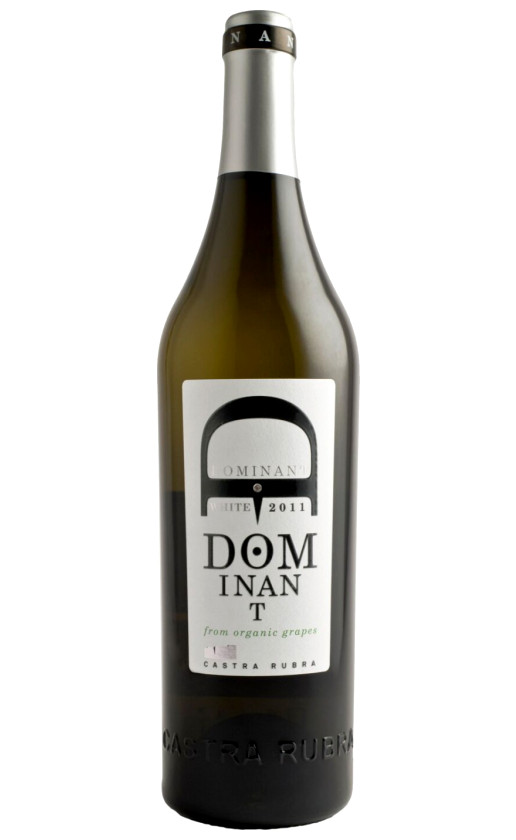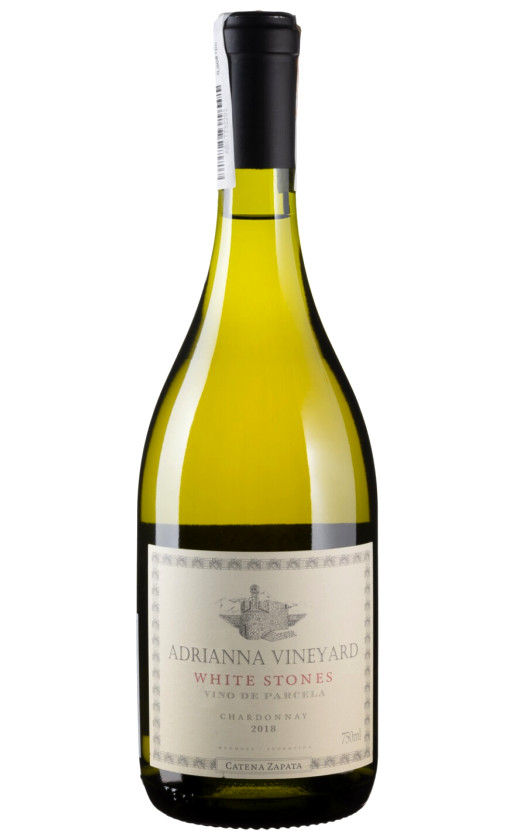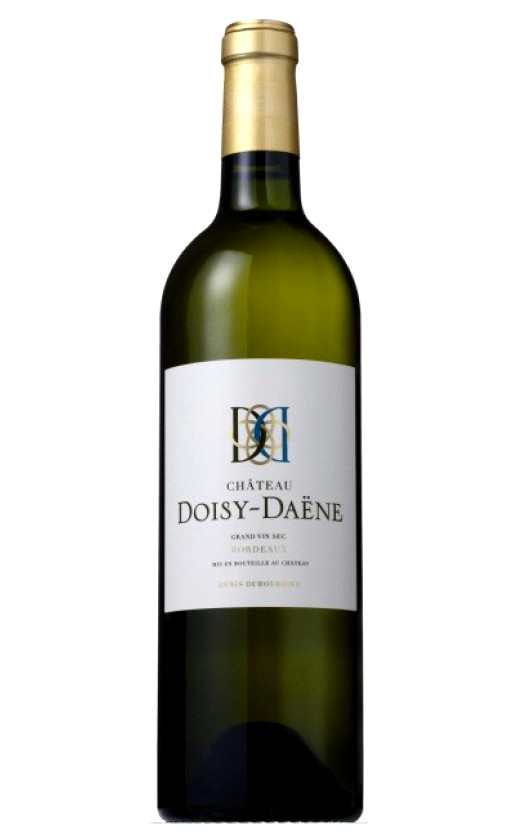White Dry Wine - The Best of the Best
A light and refreshing white dry wine is always elegant and appropriate - at formal meetings, family celebrations, or romantic dinners. This wine has a wide range of varieties and flavors, of which the best brands in Europe and the New World are proud. At
Vi.Wine, you can find the perfect white dry wine for you: sour or neutral, richly flavored or simple and unobtrusive, aged or young.
What Makes White Dry Wine Different
White dry wines are different from other wines in several ways:
- They have less sugar than other wines - up to 3% - and no tannins
- Their strength varies from 9 to 11%
- The color ranges from clear, light green to golden straw
- Not only white varieties of grapes are suitable for production, but also reds
- The shades of golden-green spectrum are obtained thanks to the technology, which involves using only the pulp of berries without peel
After harvesting the grapes, the fresh fruit is briefly sent to the press, thus obtaining the fruit profile. The next step is fermentation, always at a low temperature, to obtain a multifaceted, rich flavor. The most popular white dry wine varieties are Sauvignon Blanc, Chardonnay, and Riesling, with the best wines produced in France (Bordeaux, Burgundy) and Germany (Alsace), along with Australia and New Zealand joining them relatively recently.
The Taste of White Dry Wine
White dry wine has a floral or fruity aroma, sometimes with slight spicy notes. The peculiarity of white dry wine is that it is most fragrant when it is young. The wine is aged in wooden barrels, and the price of young wine is often higher than that of aged wine. If the wine is aged for too long, it loses its original flavor, and its color darkens. Bottled varieties are not subject to desalinization: glass is inert, and corks for such containers are made very thick (the thicker, the longer the bottle will be stored). The cork indicates the year of harvest, the varietal name, the producer, and the country. The choice of dry white wines in different price categories is now impressive - you can order and buy exquisite varieties from the comfort of your home.
The color of the wine can give you an idea of its taste: an expressive sheen and faint color indicate sourness, golden to amber hues indicate maturity, and greenish hues indicate youth. White dry wines are almost never tart.
How to Properly Serve White Dry Wine
The subtle flavor and lightness of the wine is combined with cheese with a rich characteristic flavor. The classic pairing is with fish or seafood, except for oysters - white dry wine does not harmonize with raw oysters. Very acidic varieties are good with oily fish. Dry white wine is served with dietary white meat: chicken, turkey, young veal.
The serving temperature affects the taste: too cold will seem more sour, while warm will bring out the strength and astringency. It is optimal to chill white dry wine to 8-12 degrees Celsius, higher than for fortified wines and lower than for sweet wines. For white dry wine, the glasses are medium-sized, slightly tapered at the top, in the form of a bell.
